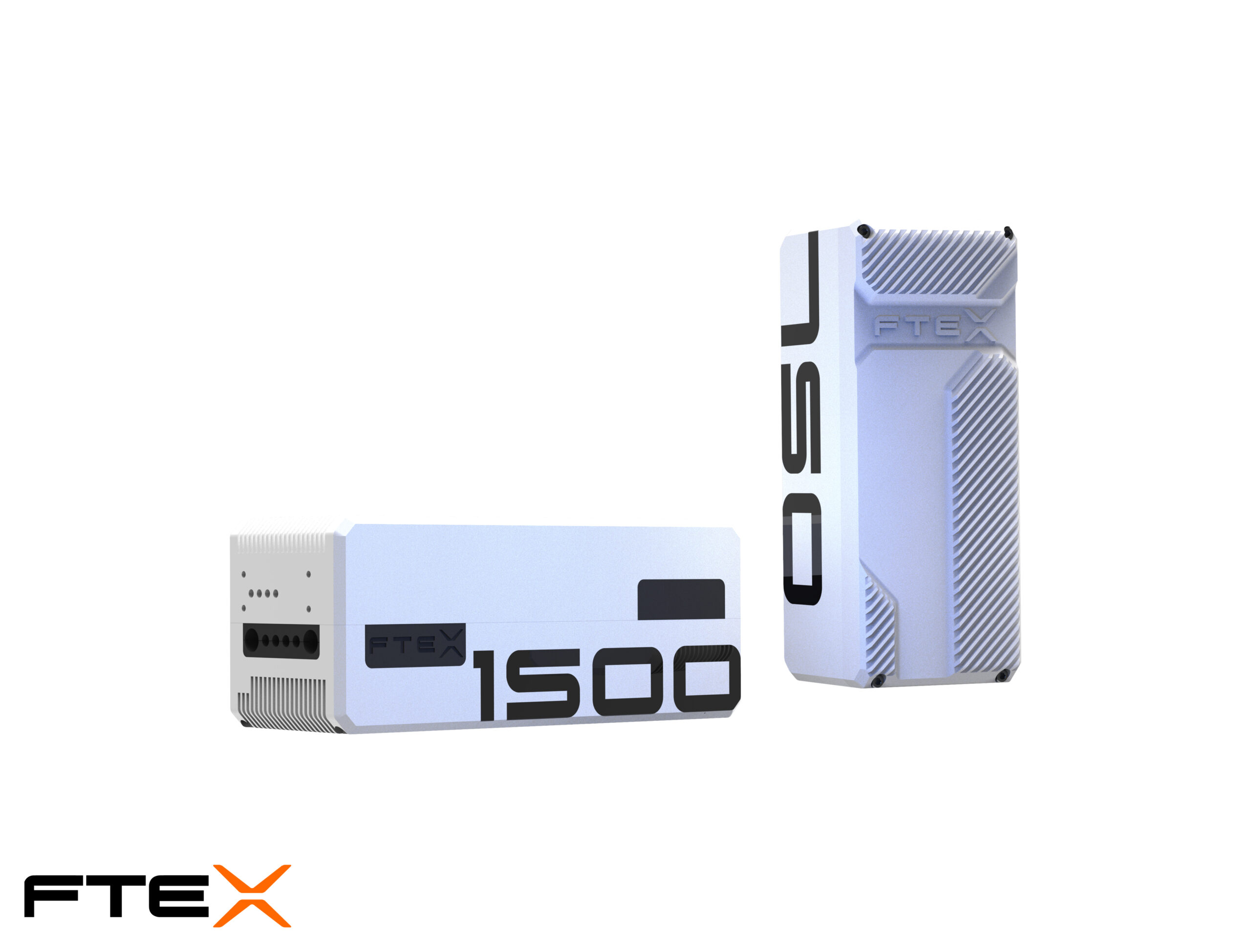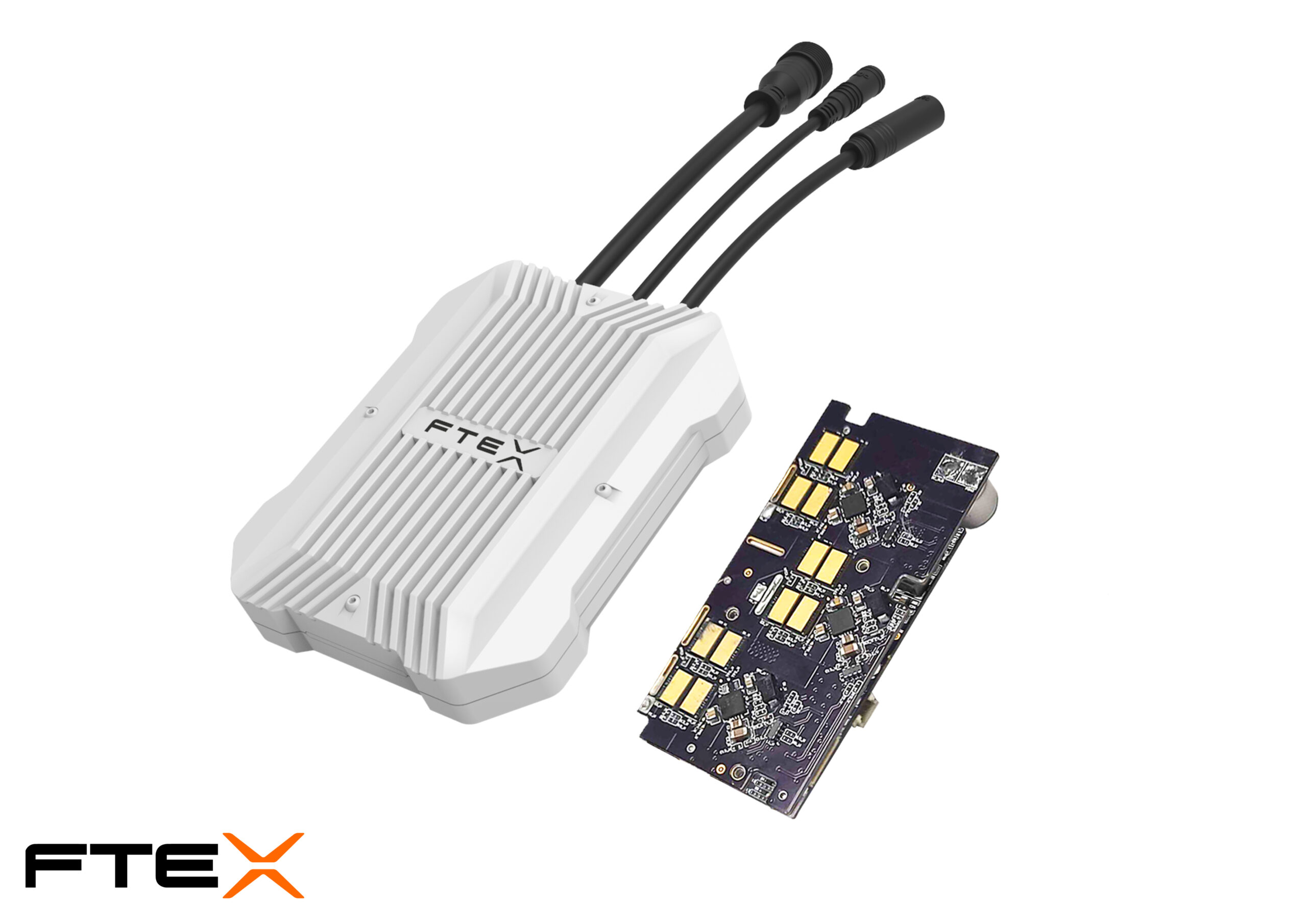FTEX Boost the efficiency of electric vehicles performance with the Dynamic Drive.
As featured in the Power Electronic News published on November 10, 2021, Maurizio Di Paolo Emilio uncovers how GaN-based motor controller are boosting the efficiency of electric vehicles industry.
GaN is replacing traditional Si-based MOSFETs in circuits in which high efficiency and ability to operate at higher temperatures and frequencies are mandatory requirements. Among the relevant applications are all the different types of EVs, which require extremely efficient and reliable motor control solutions to extend the autonomy of the vehicle as much as possible.
We all know how silicon (Si) has reached its theoretical limits in power applications, requiring new materials that exhibit higher efficiency, better thermal management, and, possibly, allow both cost and size reduction. Gallium nitride (GaN), a wide-bandgap semiconductor offering better performance than silicon in power applications, is replacing traditional Si-based MOSFETs in circuits in which high efficiency and ability to operate at higher temperatures and frequencies are mandatory requirements. Among the relevant applications are all the different types of electric vehicles (EVs), which require extremely efficient and reliable motor control solutions to extend the autonomy of the vehicle as much as possible.
GaN Benefits
– GaN FETs outperform traditional Si-based power devices in several aspects, including:
– GaN’s breakdown field is over 10× higher than silicon (3.3 MV/cm versus 0.3 MV/cm), allowing GaN-based power devices to support voltage 10× higher before being damaged.
– Operating at the same voltage values, GaN devices exhibit lower temperatures and develop less heat. As a result, they can operate at higher temperatures (up to 225˚C and above) than silicon, which is limited by its lower junction temperature (150˚C to 175˚C).
– Due to its intrinsic structure, GaN can switch at higher frequencies than silicon, has a low RDS(on), and has an excellent reverse recovery. That, in turn, results in high efficiency with reduced switching and power losses.
– Being a high-electron–mobility transistor, GaN devices have a higher electric field strength than silicon devices, allowing for smaller die size and reduced footprint.
FTEX
Among the companies using GaN-based power devices to develop solutions for e-mobility is FTEX. The Canadian company, with headquarters in Montreal, has combined ultra-high–efficiency GaN-based drivetrains with software-defined, solid-state transmission systems, developing precision motor control systems that improve vehicle performance, extend the range, and enhance the driver experience. Starting from applications involving small EVs, FTEX aims to serve a range of 3-kW, 5-kW, 10-kW, and 20-kW systems.
The technology developed by FTEX, which initially includes power converters and inverters, has been deployed on light EVs (LEVs) for personal mobility, their entry point to the market. According to the already-planned roadmap, the company is going to move very soon to higher-voltage and higher-power vehicles (such as high-power mopeds and electric motorcycles) and, after that, to the automotive market.
“Our roadmap has been defined on what we call the ‘cores’: Core 1, which is for [LEVs]; Core 2, which is for motorcycles and snowmobiles; and Core 3, which is aimed at the automotive sector,” said Alexandre Cosneau, co-founder and CTO of FTEX.
FTEX’s Solutions
According to FTEX, they have developed its Core 1 product, named GaNRunner (see Figure 1), which is a GaN-powered inverter for industrial markets. The optimized hardware powered by GaN FET transistors features high reliability, multilayer fail-safe protection, and sealed, waterproof IP65 prevention. The active thermal management increases the reliability and safety of the EV while reducing the incidence of failures. According to FTEX, more accurate field-oriented–control waves are obtained thanks to proprietary enhanced software, providing a smoother acceleration and deceleration at both high and low speeds. Due to the GaN FET’s high efficiency, the GaNRunner device has fewer power losses and lower current absorption than a traditional MOSFET Si-based device. Besides that, FTEX GaN inverters can operate at a much cooler temperature, requiring fewer thermal management components (such as heatsinks or fans). That allows up to a 15% range increase and a significantly smaller form factor.
The GaNRunner Core 1 is currently available in different versions for motors up to 3 kW, covering a wide range of LEVs, such as skateboards, bikes, scooters, mobility vehicles, and mopeds.

“Our core knowledge is not only in the development of the hardware but also and mostly in the development of the firmware and software that powers it,” said Cosneau.
FTEX’s Core 2 product is the Dynamic Drive motor controller (patent pending) for commercial Electric Vehicles (EVs). According to FTEX, thanks to the device’s variable DC bus and adjustable software-defined parameters, EV carmakers will be able to offer more power on demand and extended range for users and their vehicles.
The Dynamic Drive device (shown in Figure 2) includes a power converter and an inverter, combined to form a solid-state solution for OEMs, providing more flexibility in selecting motors and batteries in their powertrain designs. The final result is an EV powertrain that provides up to 30% more power and range compared with traditional static DC bus inverters.

Combining the driver habits (inferenced through advanced artificial-intelligence algorithms) with the state of charge and the state of health of the battery, as well as other parameters (over 1,000 parameters are involved in the process), Dynamic Drive is able to manage the energy that has to be transferred from the battery to the motor.
According to FTEX, the Core 2 device combines high-performance and high-frequency GaN transistors with FTEX’s advanced hardware and software, delivering a powertrain solution that increases EV range up to 30%. GaN transistors allow for a small, highly efficient, and low-cost solution for high-power EV applications. Based on enhanced-mode 100-V GaN transistors, the dynamic motor controller provides high power density in a small package with excellent thermal efficiency.
FTEX is now working hand in hand with their manufacturing partners and suppliers to begin mass production in Q1 of 2022. FTEX’s first-generation product will be available on select launch partners’ vehicles in the coming months.
“FTEX’s second-generation Dynamic Drive is expected to ship in Q1 of 2023, supporting larger vehicles with up to 20 kW of power,” said Cosneau. “We are currently testing and validating the benefits of the Dynamic Drive with our launch clients and expect the first prototypes to be on the road with our Core 2 Dynamic Drives this summer.”
For more information, please visit our social media accounts : on LinkedIn, Facebook, and Twitter .


